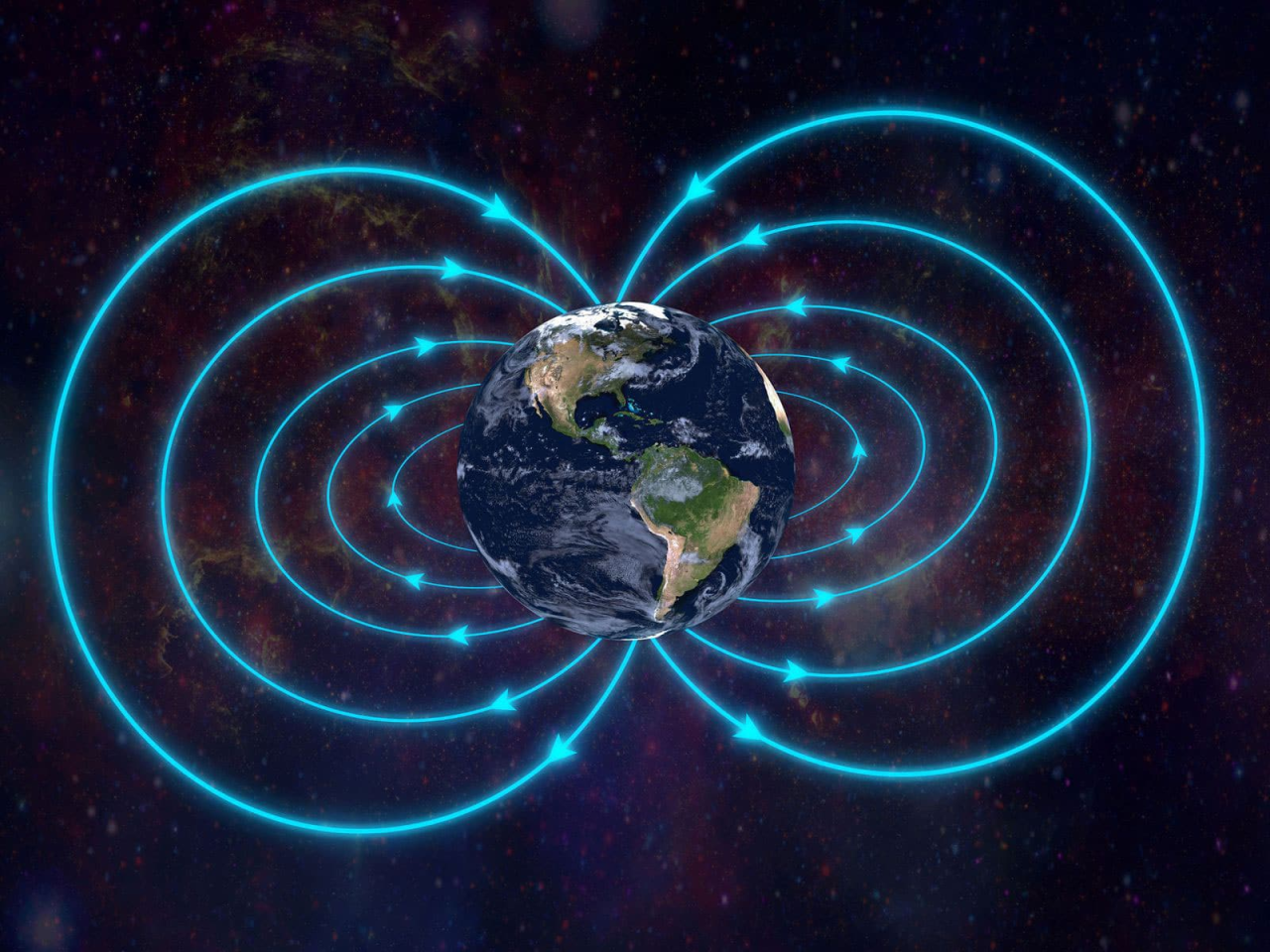
Umbrella of our Earth
Our Environment

622 views
0 likes
You will need to sign in before you can comment or like.
The lucky planet ‘Earth’ is our home. Why is it lucky?
Even Mars and Venus are our neighbouring planets but posess no life.
How Earth lived and Mars died is a question whose answers can be found in the unravelling secrets of the nebula out of which our solar system was formed billions of years ago.
To find these answers many countries have sent their missions to Mars. The Curiosity Rover had drilled into a piece of Martian rock and found evidence of an enormous reservoir of water underneath the surface of Mars which became a staggering discovery.
It has been concluded by scientists of NASA that Mars has lost it, due to solar wind and coronal mass ejection of the sun which ionized and swept off the atmosphere and without it liquid water could not exist.
But how did Earth avoid the same grim fate?
It has been found that an invisible protective shield, some 11,600 Km above the land exists, that Venus and Mars lost around 4 billion years ago. This shield was discovered in the Van Allen Radiation Belts. This is a magnetic shield, an umbrella for Earth to protect its life.
The heart of the planet which powers Earth's magnetic field is at its centre. The solid inner core is surrounded by a fluid outer core, which is hotter at the bottom. Hot iron rises within the outer core, then cools and sinks. These convection currents, combined with the rotation of the Earth, are thought to generate a ‘geodynamo’ which powers the magnetic field. Many experiments confirmed this theory.
This magnetic field is strongest at the poles and its effect can be seen in the form of aurora activity caused by charged particles. If the solar particles were free to hit the Earth's surface they could produce serious damage to any living organism, a fatal DNA mutation.
Fortunately the Earth has a defence in the form of an invisible forcefield called the magnetosphere around it. As the wave of solar particles strikes on the magnetosphere, most of it gets deflected. But when a coronal mass ejection arrives at the charge particle peel over the outer layer of magnetic field.
The particles are free to rush into the planet. But the Earth's inner magnetic field swept them along the Earth's North and South Pole. The charged particles ionizes the atmospheric gases at the poles and bright green and blue flares illuminate in the sky.
Unfortunately, this shield is weakening and the position of South Pole and North Pole are shifting very fast.
Scientists are still unsure why the magnetic field is weakening and shifting. European Space Agency's Swarm satellite array reveals the Earth's magnetic field has recently been weakening at the rate of around five per cent per decade.
The evidences found in rocks tell that the pole of Earth has been changed as many as about 170 magnetic pole reversals during the last 100 million years or so, and that the last major reversal was 781,000 years ago. If the European Space Agency's satellite data and the new paleomagnetic (earlier study of pole shift traces in rocks) data of Earth are both accurate, then the Earth's next geomagnetic reversal might have already begun.
By the time we die or at least when our children die the North Pole might be in the south.
Comments